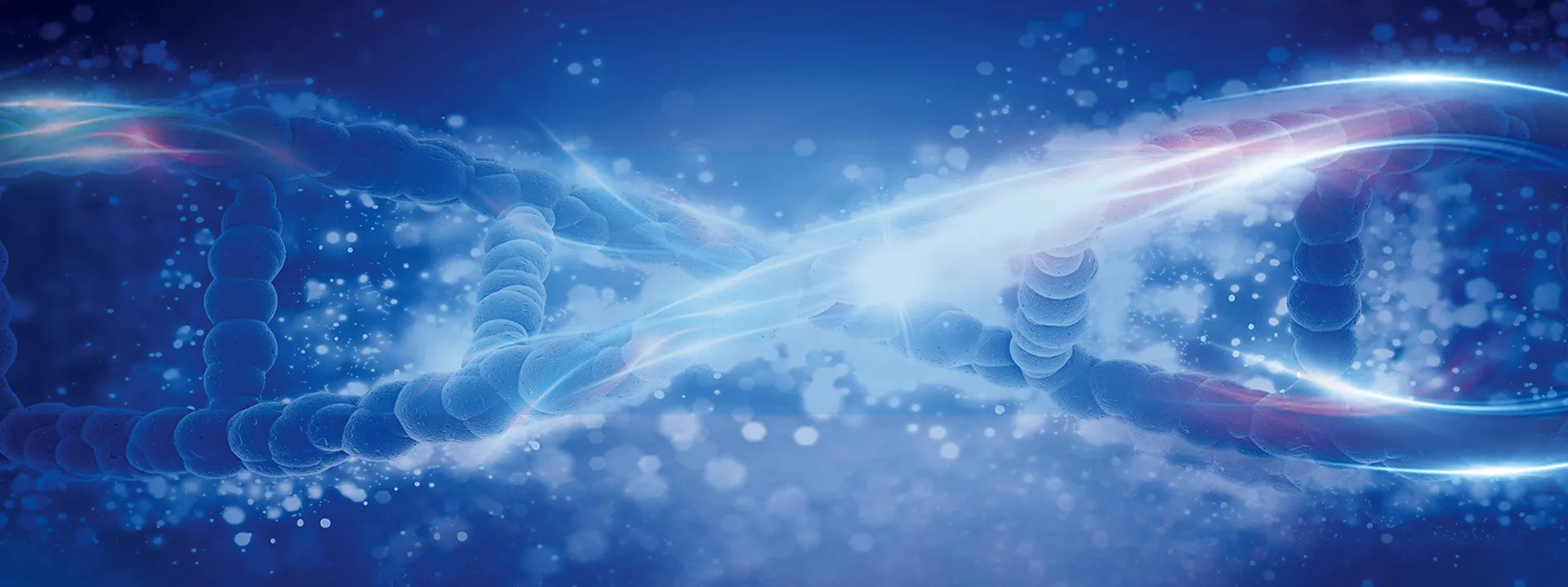MHCG Polyclonal Antibody
- 货号:GA406630L

Price:
Size:
100 μL
25 μL
| Verified Samples |
Verified Samples in IHC: Human placenta |
| Dilution | IHC 1:1500-1:3000 |
| Clonality | Polyclonal |
| Isotype | IgG |
| Immunogen | Recombinant Human MHCG protein expressed by E.coli |
| Abbre | MHCG |
| Synonyms | HLA-G HLA-6.0 HLAG |
| Swissprot | |
| Concentration | 1 mg/mL |
| Storage | Store at -20°C Valid for 12 months. Avoid freeze / thaw cycles. |
| Buffer | PBS with 0.05% Proclin300, 1% protective protein and 50% glycerol, pH7.4 |
| Purification Method | Antigen Affinity Purification |
| Research Areas | Cancer, Immunology |
| Conjugation | Unconjugated |
| Background | HLA-G Antibody (4H84) is an IgG1 κ mouse monoclonal HLA-G antibody (also designated HLA major histocompatibility complex, class I, G antibody, human leukocyte antigen (HLA) G antibody, 45 kDa transmembrane class I human leukocyte antigen G antibody, chromosome 6p22 gene complex class 1G antibody, placenta trophoblast marker antibody, or fetal derived placental cell marker antibody) that detects the HLA-G protein of mouse, rat and human origin by WB, IP, IF and IHC(P). HLA-G Antibody (4H84) is available as both the non-conjugated anti-HLA-G antibody form, as well as multiple conjugated forms of anti-HLA-G antibody, including agarose, HRP, PE, FITC and multiple Alexa Fluor<sup>®</sup> conjugates. Major histocompatibility complex (MHC), human leukocyte antigen (HLA) molecules are cell-surface receptors that bind foreign peptides and present them to T lymphocytes. MHC class I molecules consist of two polypeptide chains, an α or heavy chain, and a non-covalently associated protein, β-2-microglobulin. Cytotoxic T lymphocytes bind antigenic peptides presented by MHC class I molecules. Antigens that bind to MHC class I molecules are typically 8-10 residues in length and are stabilized in a peptide binding groove. MHC class II molecules are encoded by polymorphic MHC genes and consist of a non-covalent complex of an a and b chain. Helper T lymphocytes bind antigenic peptides presented by MHC class II molecules. MHC class II molecules bind 13-18 amino acid antigenic peptides. Accumulating in endosomal/lysosomal compartments and on the surface of B cells, HLA-DM and -DO molecules regulate binding of exogenous peptides to class II molecules (HLA-DR) by sustaining a conformation that favors peptide exchange. The differential structural properties of MHC class I and class II molecules account for their respective roles in activating different populations of T lymphocytes. |
Immunohistochemistry of paraffin-embedded Human placenta tissue using MHCG Polyclonal Antibody at dilution of 1:3000(×400)
联系我们
027-65384716
svipmaster@elabscience.cn
武汉市高新大道858号光谷生物医药产业园二期B18栋


